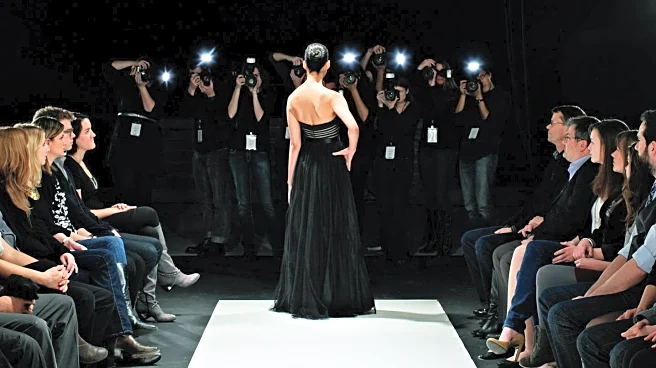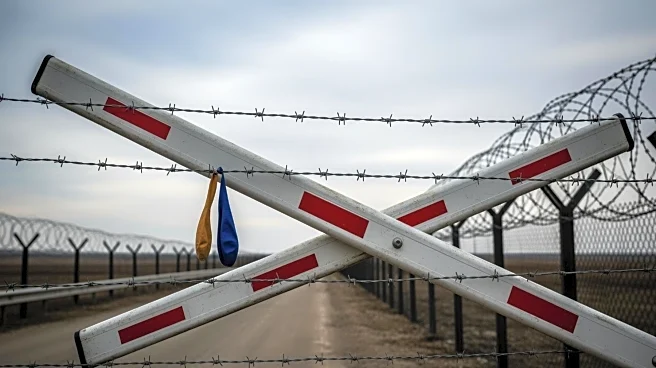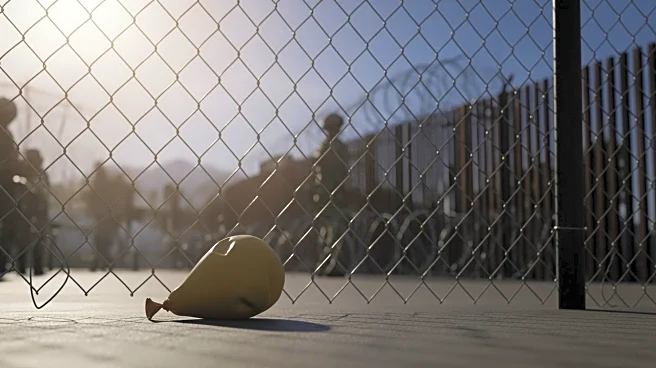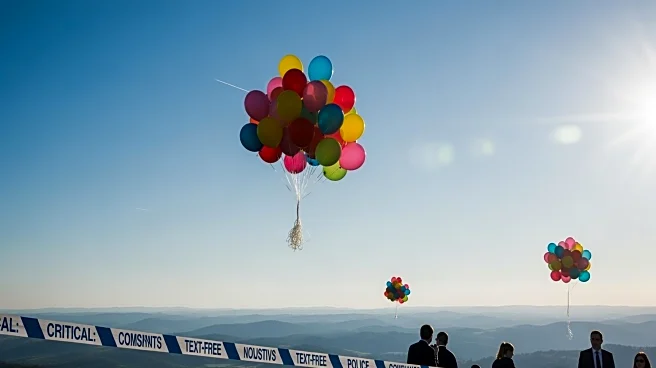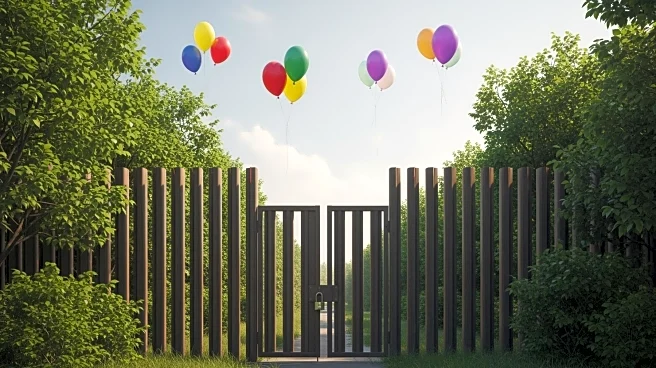What's Happening?
The 41st edition of Riga Fashion Week took place from October 20 to 24, highlighting the Latvian capital as a hub for Baltic and European fashion. This season was marked by the presence of debutant designers,
with seventeen brands from Latvia, Estonia, Lithuania, Poland, Belgium, and Uzbekistan presenting their collections. Twelve of these brands made their first appearance on the catwalk, underscoring Riga's commitment to establishing itself as a regional platform that reinterprets its cultural roots. The event featured a tribute to Sandra Sila, a prominent Latvian costume designer for film and television, and showcased diverse collections ranging from structured silhouettes by Moel Bosh to the romanticism of BAÉ by Katya Shehurina. Studio MX offered a refined vision with black and white designs accented by fuchsia, while Amelii presented a sculptural bridal aesthetic.
Why It's Important?
Riga Fashion Week's focus on debutant designers and regional diversity highlights the growing importance of Eastern European fashion in the global industry. By providing a platform for new and established designers, Riga is fostering innovation and cultural exchange, which can lead to increased visibility and commercial opportunities for these designers. The event's emphasis on reinterpreting traditional craftsmanship and integrating modern sensibilities reflects broader trends in the fashion industry, where sustainability and cultural heritage are becoming increasingly significant. This can influence fashion markets by encouraging consumers to appreciate and invest in unique, culturally rich designs.
What's Next?
As Riga Fashion Week continues to establish itself as a key event in the fashion calendar, it is likely to attract more international attention and participation. This could lead to increased investment in the region's fashion industry and further opportunities for collaboration between Baltic designers and global brands. The success of debutant designers may inspire other emerging talents to showcase their work, potentially leading to a more diverse and innovative fashion scene. Stakeholders such as fashion buyers, media, and cultural institutions may also play a role in promoting the event and supporting the growth of the local fashion industry.
Beyond the Headlines
The emphasis on traditional craftsmanship and cultural heritage at Riga Fashion Week raises important questions about the role of fashion in preserving and promoting cultural identity. As designers explore the commercial potential of ancestral techniques, there is an opportunity to balance innovation with respect for cultural traditions. This approach can contribute to a more sustainable fashion industry by encouraging the use of locally sourced materials and techniques, reducing environmental impact, and supporting local economies.
